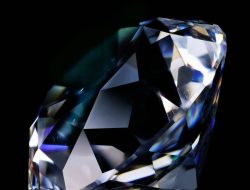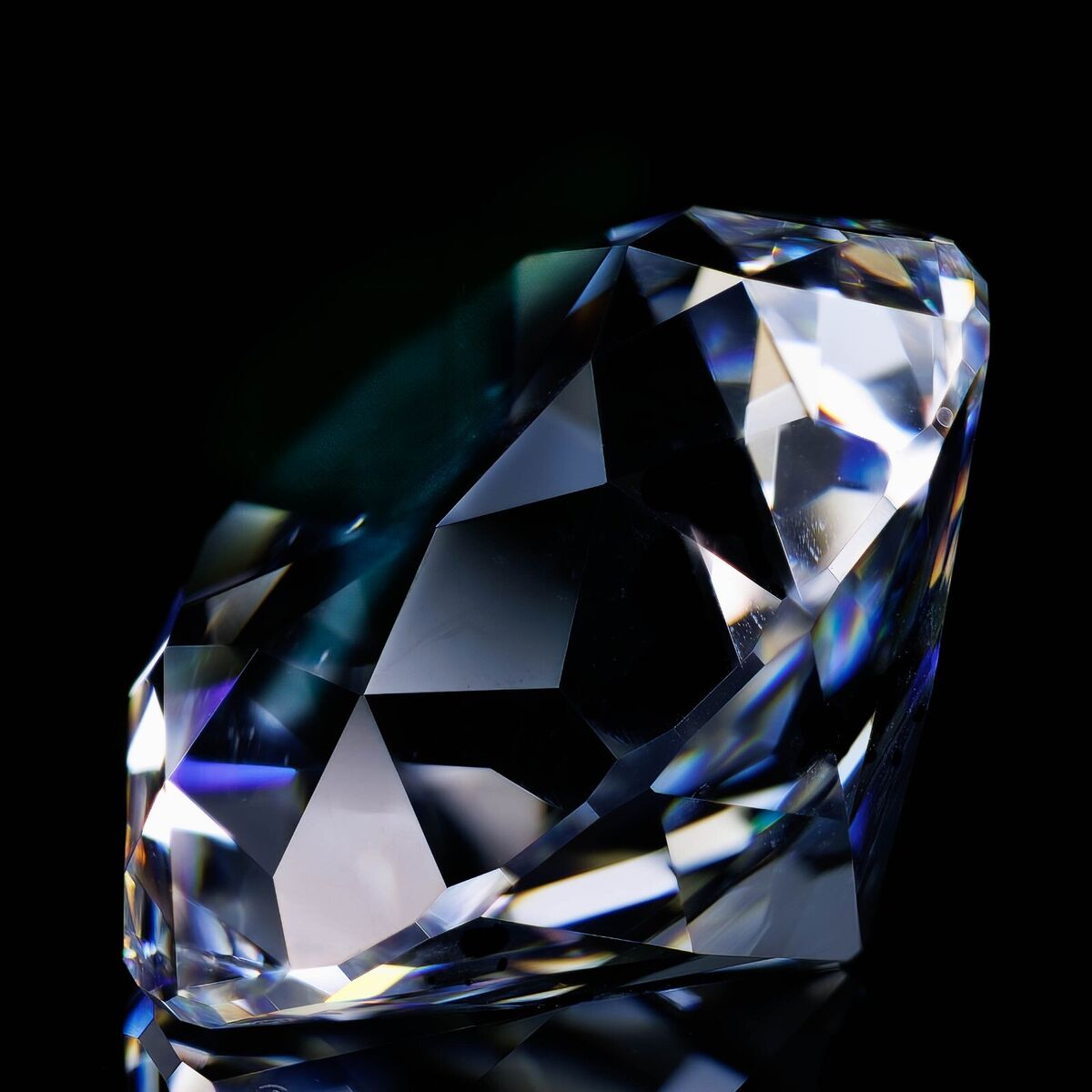The Ultimate Guide to Swarovski Crystals – Swarovski crystals, also known as Swarovski stones and crystal elements, are highly polished, machine-cut glass stones used in the DIY industry for decoration, jewelry, fashion, costume design, nail art, beauty, and more. in creative and performing arts.
The Ultimate Guide to Swarovski Crystals

swarovskijewelry – Although the exact production process is not yet known, Swarovski crystals are made from quartz sand and other natural minerals. Historically, the crystal was made of 32% lead, but after a change in the manufacturing process in 2012, the crystal is now listed as lead-free.
Swarovski crystal stones, also known as Swarovski Flat Crystals, Gems and Diamonds, produce their famous high-quality sparkle through cut glass dots that reflect light and give us the sparkling shine we are all familiar with.
History of Swarovski
Its founder, Daniel Swarovski, was born in 1862 in Bohemia Georgenthal (now the Czech Republic), an area famous for glass cutting and manufacturing. Daniel’s father was a glass cutter who owned a small factory and it was there that Daniel Swarovski taught himself the art of glass cutting. In 1895, he founded the company A. Kosmann, Daniel Swarovski and Co., which over the years developed and transformed the so-called Swarovski crystals.
The importance of the creative industry
Swarovski crystals have played a very important role in the creative industry, even since the 1920s, when fashion, dance and theater were the most popular entertainment of the time. Today, iconic rhinestones continue to be widely used in clothing, fashion design, bridal wear, and even appear in the world of nail art and beauty; Dental jewelry is back in fashion!
The presence of sparkling Swarovski crystals elevates designs to a truly stunning level, be it clothes, shoes, furniture, wedding dresses or craft projects – anything can be decorated and Swarovski does it. So.
Types and Forms
Swarovski’s complete range includes a wide range of crystal products ranging from jewelry and jewelry components, chandeliers and lamp components, crystal statues and ornaments, and the entire DIY sector known as Swarovski elements. is the focus of this article.
The DIY sector has its own crystal pieces for the maker including quick fix stones and other quick fix stones, beads, pearls, cotton, fancy stones, cup chains, cabochons, sewn stones, crystal studs, stone figurines, and Crystal Pixies for nail art. These crystal ornaments are most commonly used in the creative arts, fashion, performance, and beauty industries, and all these types of products come in a variety of shapes, sizes, and colors.
Baca juga : Swarovski Strategy Pivot Debuts
Quality and magnificence
Swarovski is known worldwide as a leading manufacturer of crystal and cut glass. It uses high-tech machines to produce a wide variety of crystal components, ensuring they stand out from other manufacturers. The most popular components in the DIY industry, flat stones, sewn stones, pearls and pearls are market leaders in cut quality and brilliance.
For example, the Xirius 2088 flat rhinestone, the newest cut, has 16 facets in a star formation, giving it a beautiful sparkle. Round and flat pearl cuts have a subtle pearl luster and a durable scratch-resistant coating, making them a popular choice among jewelry designers. The general standard for sewing with film-coated Swarovski crystals and stones is the highest quality in the industry, with a smooth, even base and scratch-resistant surface.
Color and Finish
Swarovski crystals come in a variety of colors and finishes, including standard colors, AB colors, and special effect colors such as metallic, multitone, neon, shimmer, and opal.
Clear: Clear stones, also known as crystals, are completely colorless but have a leafy mirror coating that reflects light like a diamond. This is one of the most popular crystal colors.
AB: “Aurora Borealis” or AB is named after a natural phenomenon that occurs in certain skies at night known as the Northern Lights. These are layered crystals that have a rainbow effect, like soap bubbles, or sometimes described as an “oil in water” effect.
By far the most popular color, especially in the performing arts world, the beautiful AB-coated crystal reflects light wonderfully and looks beautiful under spotlights. This layer reflects the colors around it, so use bright colors to make the pinks, purples, light blues, and golds shine. Or use it on a darker background to see darker greens, yellows and blues.
Standard: These colors are solid, such as fuchsia pink, sapphire blue, or emerald green.
AB colours: This range includes all standard colors and is coated with a tinted AB coating which gives the impression of multiple colors reflecting on the stone.
Metal: Crystals coated with metal, such as Rose Gold, Aurum, and Light Chrome, are solid-looking, colorless crystals, meaning they look like a small piece of metal.
Multicolor: Bi- or multi-colored crystals glow in more than one color, such as volcanoes or heliotropes.
Neon: This is a glow-in-the-dark neon color that is popular for freestyle dancewear and festival wear.
Shimmer: The Swarovski Shimmer range is a fairly new release with more sparkling iridescent crystals and is available in a variety of colors.
Opal: Opal crystals such as yellow opal, pacific opal, and white opal have a milky luster, are softer, and are popular for creating winch-style designs.
Baca juga : Biogas dalam Kehidupan Sehari-hari dan Cara Kerjanya
Fashion and Clothing
Swarovski crystals always cover fabrics from runway and sportswear to high-end shoes and sneakers. Stone decoration is used to accentuate and elevate a garment or accessory, giving a luxurious and expensive impression. In the world of fashion, celebrities wear Swarovski clothing for award shows, catwalk shows, music festivals, red carpets, etc. Harry Styles recently wowed the crowd at the Grammys in a Swarovski-encrusted suit, while rapper Doja Cat fell in love with Parisian fashion week with over 30,000 Swarovski crystals covering her face and clothes!
But us non-celebrities can easily decorate our clothes with Swarovski crystals using the trademark or non-thermal method to create patterns, writing, logos or icons on the fabric.
Jewelry Making
Although Swarovski designs and produces its own jewelry and watches, you can use the parts yourself from the DIY industry. With a wide variety of crystal pendants, sewn stones, pointed backs, rhinestones, fancy stones, cup chains and cabochons, you can create all kinds of beautiful jewelry. With the right tools and findings, you can easily get creative and glue a large oval crystal, for example, to a pendant frame. Or make simple necklaces and bracelets with round beads and crystal beads.
Design interior
In interior design, the use of Swarovski crystals in furniture, mirrors, wallpaper, vases, glassware, artwork, lighting, soft furnishings and other household items is becoming increasingly popular. Adding crystals to your home brings elegance, style, luxury and offers a bespoke style. For years, we’ve seen crystal and pearl earrings attached to armchairs and curtains, but now you’ll find Swarovski-embellished wall art and, in some cases, the wallpaper itself.

